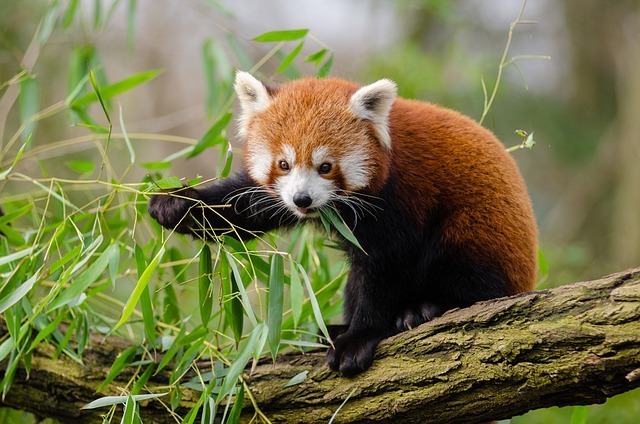1. Introduction
Imagine a creature with the face of a teddy bear and the agility of a cat. Adorable, right? That’s the red panda for you! These charming critters are native to the Eastern Himalayas and Southwestern China. But have you ever wondered what fuels their energy and keeps them thriving in the wild? Let’s delve into the diet of red pandas and discover what do red pandas eat what makes their meals so special.
2. Overview of Red Pandas
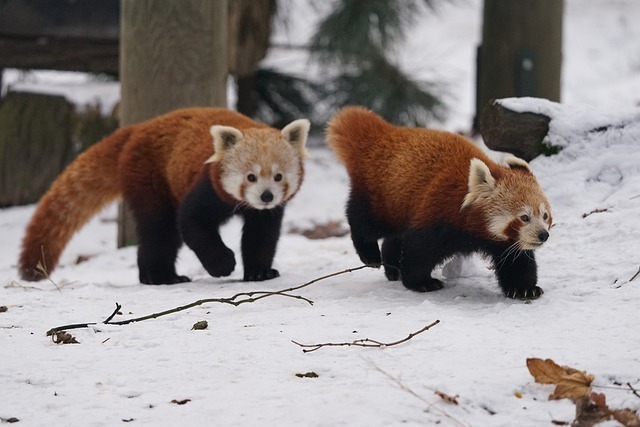
What Are Red Pandas?
Red pandas, with their reddish-brown fur and bushy tails, are a sight to behold. These small mammals are about the size of a house cat, yet they possess the agility of much larger creatures.
Physical Characteristics
They have a round face, pointed ears, and striking white markings on their face. Their long, bushy tails help them balance while navigating through trees, their primary habitat.
Habitat and Range
Red pandas inhabit temperate forests with a mix of deciduous and coniferous trees. They’re typically found in the Eastern Himalayas and parts of China, thriving at altitudes between 2,200 and 4,800 meters.
3. Diet of Red Pandas in the Wild
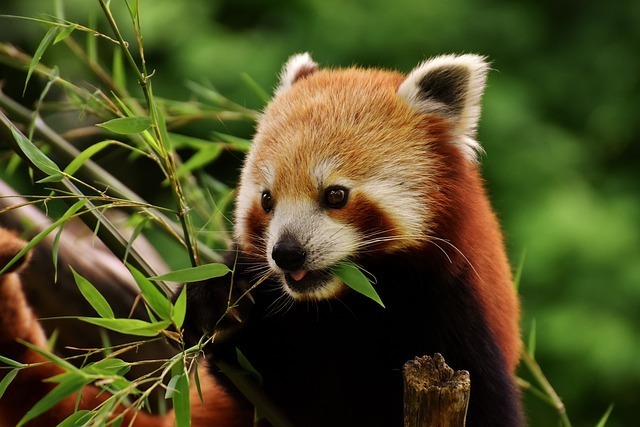
Main Dietary Components
So, what’s on the menu for these furry little creatures?
Bamboo: The Staple Food
First and foremost, bamboo. Red pandas munch on this stuff like it’s going out of style. In fact, bamboo constitutes about 85-95% of their diet.
Other Plant-Based Foods
Besides bamboo, red pandas have a varied diet that includes fruits, acorns, and roots. They love munching on tender shoots and leaves whenever they can find them.
Insects and Small Animals
Red pandas aren’t strict vegetarians, though. They occasionally snack on insects, birds, and small mammals, adding a bit of protein to their diet.
4. Bamboo: The Main Course
Why Bamboo?
You might be wondering, why bamboo? What makes it so special?
Nutritional Content of Bamboo
Bamboo is rich in fiber, which helps in digestion. It’s also plentiful in their natural habitat, making it an easily accessible food source.
How Red Pandas Digest Bamboo
Interestingly, red pandas have a specialized wrist bone that functions like a thumb, helping them grasp bamboo stalks and leaves efficiently. Despite their carnivorous ancestry, they’ve adapted to digest bamboo quite effectively.
5. Variety in Their Diet
Seasonal Changes in Diet
Just like us, red pandas enjoy a bit of variety in their meals, depending on the season.
Spring and Summer Diet
During the warmer months, they consume more fresh bamboo leaves and shoots, which are abundant.
Autumn and Winter Diet
In colder months, red pandas switch to eating more roots, acorns, and even bark to sustain themselves when bamboo shoots are scarce.
6. Foraging Behavior
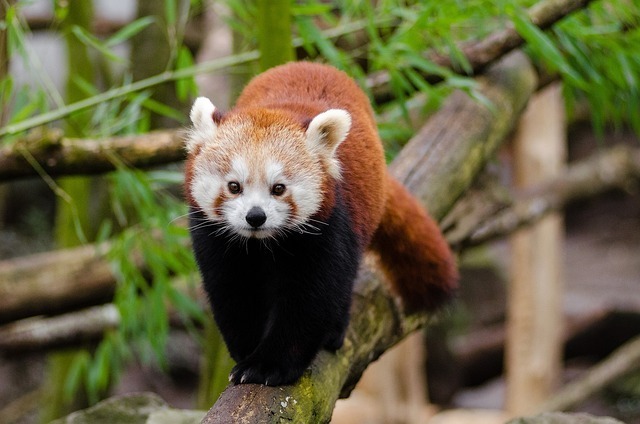
How Red Pandas Find Their Food
These creatures are skilled foragers, thanks to their keen senses and agile movements.
Climbing Skills and Foraging
Red pandas are excellent climbers. They use their sharp claws and strong limbs to climb trees and forage for food, navigating the treetops with ease.
Role of Scent and Memory
Their keen sense of smell and good memory play crucial roles in finding food. They mark territories with scent to locate food sources efficiently.
7. Impact of Diet on Health
Nutritional Needs
A well-balanced diet is crucial for the health and wellbeing of red pandas.
Protein and Fiber
Protein from insects and small animals complements the fiber from bamboo, ensuring they get a balanced diet.
Vitamins and Minerals
Fruits and berries provide essential vitamins and minerals, contributing to their overall health.
8. Challenges in the Wild
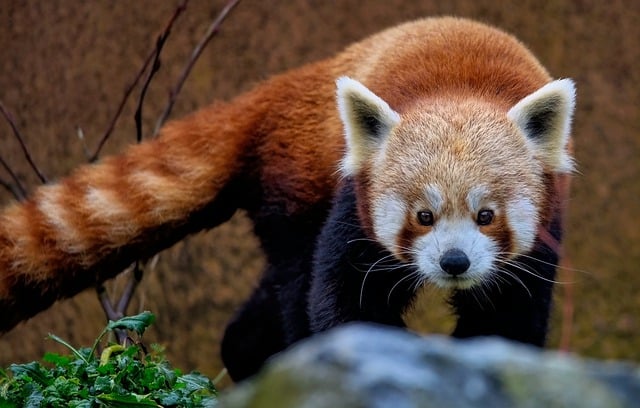
Environmental Threats
Sadly, red pandas face numerous threats in the wild.
Deforestation
Deforestation is a significant threat to their habitat, reducing the availability of bamboo and other food sources.
Climate Change
Climate change also affects the growth of bamboo and the ecosystem, making it harder for red pandas to find food.
9. Conservation Efforts
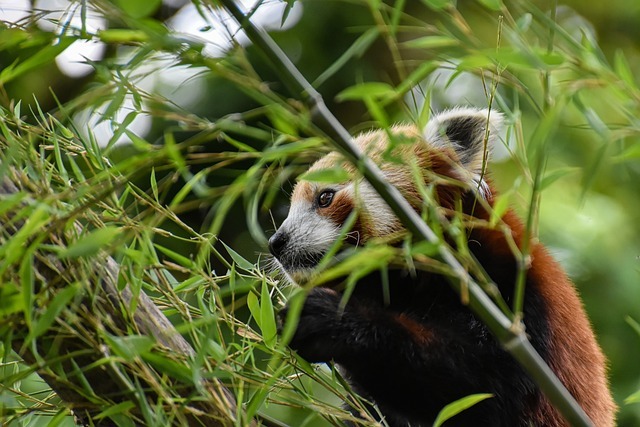
Protecting Their Habitat
Thankfully, efforts are being made to protect these adorable creatures.
Reforestation Projects
Reforestation projects aim to restore their natural habitat, ensuring a steady supply of food.
Anti-Poaching Measures
Anti-poaching measures are crucial in safeguarding red pandas from illegal hunting and trading.
10. Interesting Facts About Red Pandas’ Diet
Surprising Food Choices
You’d be surprised at some of the things red pandas eat!
Fruits and Berries
They have a sweet tooth for fruits and berries, which they eat when in season.
Mushrooms and Roots
Mushrooms and roots also make it to their plate, providing additional nutrients.
11. Conclusion
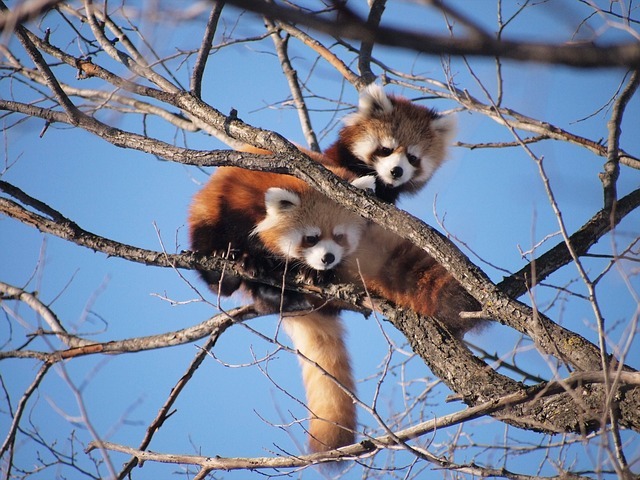
Red pandas are fascinating creatures with a diverse and intriguing diet. From bamboo to berries, their food choices are as varied as their habitat. By understanding their dietary needs and the challenges they face, we can better appreciate these adorable animals and contribute to their conservation.
12. FAQs
What do baby red pandas eat?
Baby red pandas, or cubs, primarily drink their mother’s milk for the first few months. As they grow, they start nibbling on bamboo and other soft foods.
How much bamboo does a red panda eat daily?
An adult red panda can consume around 1 to 2 kilograms of bamboo daily, depending on the availability and their nutritional needs.
Do red pandas eat meat?
Yes, red pandas do eat meat, though it’s a small part of their diet. They consume insects, birds, and small mammals occasionally.
How do red pandas find bamboo?
Red pandas use their keen sense of smell and memory to locate bamboo. They are also adept climbers, which helps them access different parts of bamboo plants.
Are red pandas picky eaters?
Not really. While bamboo is their staple, they are opportunistic eaters and will consume a variety of foods available in their habitat.

